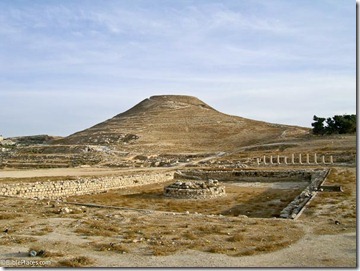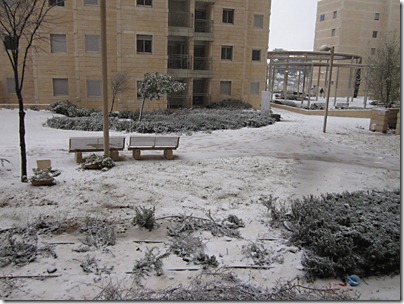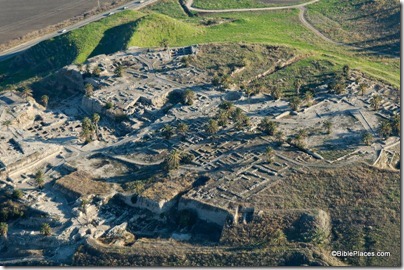A month ago, a plan was announced to construct a 1:1 scale model of Herod’s tomb on location at Herodium. Haaretz ran a story on it with a misleading headline (later revised): “Top archaeologists condemn Israeli plan to rebuild ancient tomb.”
This weekend The Bible and Interpretation published an article by two on the planning team, giving their motivation for proposing the reconstruction. While much of the article reviews the historical importance of the Herodium, Zeev Margalit and Roi Porat conclude with the rationale for the plan that they concede is “unique, extraordinary, and unprecedented at an archaeological site.” They describe their principles as follows:
1. Construction of the model will not damage the antiquities!
2. New construction will be clearly separated from the original remains.
3. The principle of reversibility will be strictly observed at all times; after implementation is complete, the model will be able to be dismantled and the site returned to the previous state.
4. Conservation of all archaeological findings at Herodium will be carried out together with the construction of the model, including the nearby structures – the royal chamber, the theater, the monumental steps, etc.
The full article is here.


